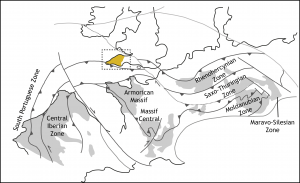A page on why you can see granite in SW England…and hopefully explains why this site is called “Variscan Coast”.
What is the Variscan Orogeny?
In basic terms, an orogeny is a mountain building event that occurs at convergent plate boundaries. An orogen is a type of geological province, along with shields, basins, platforms, large igneous provinces and the extended crust. Present day orogens include the Himalayas and the Andes.
SW England was part of an ancient mountain-building event, termed the Variscan Orogeny, between the ancient tectonic plates of Laurussia (Euroamerica) and Gondwana, forming the supercontinent Pangaea around 400-300 millions years ago. Figure coming soon!
It is a super complex event across a large area, but in SW England was the closure of a continental plate margin (actually, the last time Britain was on a continental plate margin). It is very complicated to try and figure out the chain of events in an ancient orogeny and debates over the tectonic model for SW England are ongoing.
Where was affected?
The Variscan belt stretches across western Europe, from Portugal to Poland and the effects of the Vasriscan Orogeny can be found in different landscapes including the Iberian Mountains in Spain and Portugal, the Black Forest in southern Germany and the Ore Mountains cutting across both Germany and the Czech Republic.
In the UK, the main impacts of the Variscan Orogeny are expressed in Cornwall and Devon, on the Gower Peninsula and in the Vale of Glamorgan in Wales. SW England is part of what is termed the Rhenohercynian Zone; different parts of the Variscan Orogenic belt are divided into “zones” with similar tectonic histories and rock types.

Main events
This section is largely taken from the 2009 paper by Robin Shail and Brian Leveridge [PDF – £] – they are the Variscan experts!
Around 435 million years ago, SW England was to the north of an ancient ocean, the Rheic Ocean. When this ocean closed in the Late Silurian to Early Devonian (approx. 400 million years ago), another small ocean basin formed. It is this basin that is exposed in SW England today. There are four main events associated with the tectonic evolution of this basin to form SW England.
What evidence for this mountain building event is there?
In metamorphosed sedimentary rocks you can find a number of different features that help to construct the tectonic evolution of SW England. Before describing those, some definitions. Structural geologists use a simple was to express different deformation events. Rocks often record more than one deformation event. For example, sedimentary rocks may have planar structures like bedding, often given an “S” as a label. Folds are labelled “F” and deformation events “D”. So, a bedding plane S0, might be folded (F1), forming a new planar structure, S1. F1 and S1 were caused by deformation events D1.
In southwest England, you can find evidence for D1, D2 and D3. D1 and D2 represent convergence, and D3 represents the post-convergence extensional phase. A guide to structures follows: (table coming soon!).
Isn’t this actually the Hercynian Orogeny?
Well, yes. The term “Hercynian Orogeny” has been used to describe the Variscan Orogeny. So has the “Armorican Orogeny”, just to confuse. Nowadays most people call this event the Variscan.
References
This really was a very quick run through, so for better explanations see:
- Franke W (2000) The mid-European segment of the Variscides: tectonostratigraphic units, terrane boundaries and plate tectonic evolution Geological Society, London, Special Publications 179:35-61 [PDF – £]
- Murphy JB, Cousens BL, Braid JA, Strachan RA, Dostal J, Keppie JD, Nance RD (2011) Highly depleted oceanic lithosphere in the Rheic Ocean: Implications for Paleozoic plate reconstructions Lithos 123:165-175 [PDF – £]
- Shail RK, Wilkinson JJ. 1994. Late-to post-Variscan extensional tectonics in south Cornwall. Proceedings of the Ussher Society 8, 262-270.
- Shail RK, Alexander AC. 1997. Late Carboniferous to Triassic reactivation of Variscan basement in the western English Channel: Evidence from onshore exposures in south Cornwall. Journal of the Geological Society 154, 163-168.
- Shail RK, Leveridge BE (2009) The Rhenohercynian passive margin of SW England: Development, inversion and extensional reactivation CR Geoscience 341:140-155
- Warr LN, Primmer TJ, Robinson D. 1991. Variscan very low-grade metamorphism in southwest England: a diastathermal and thrust-related origin. Journal of Metamorphic Geology 9, 751-764.
